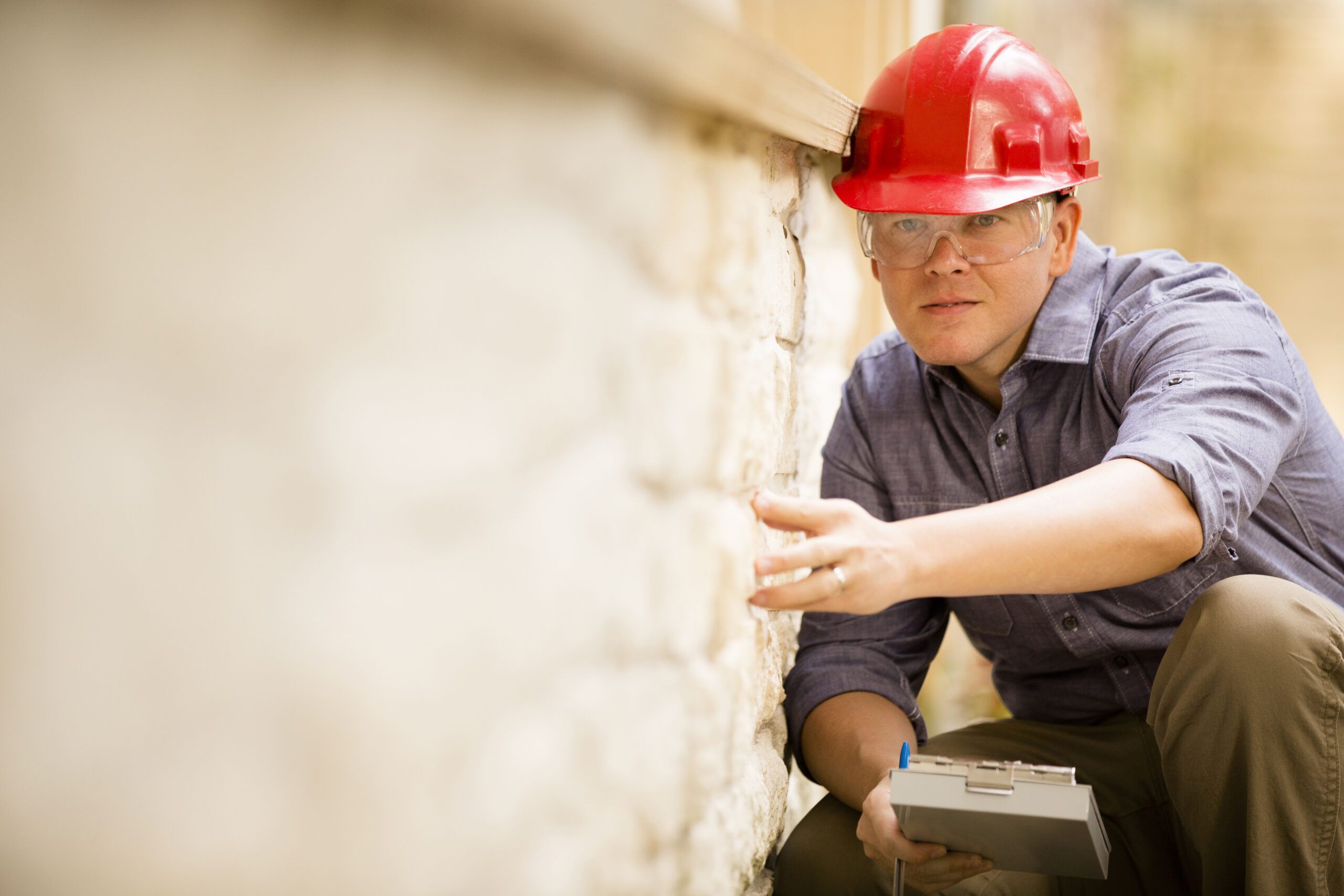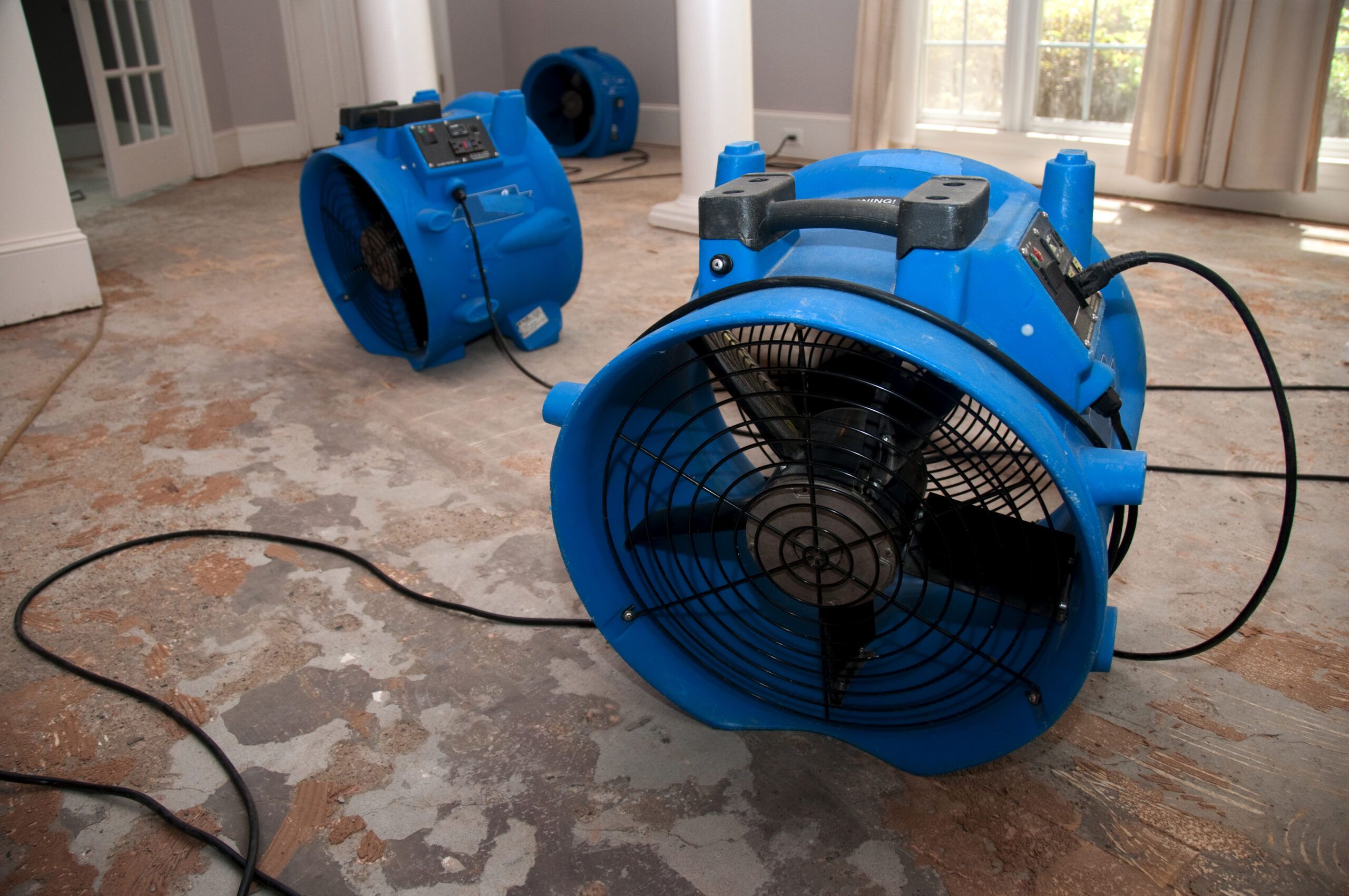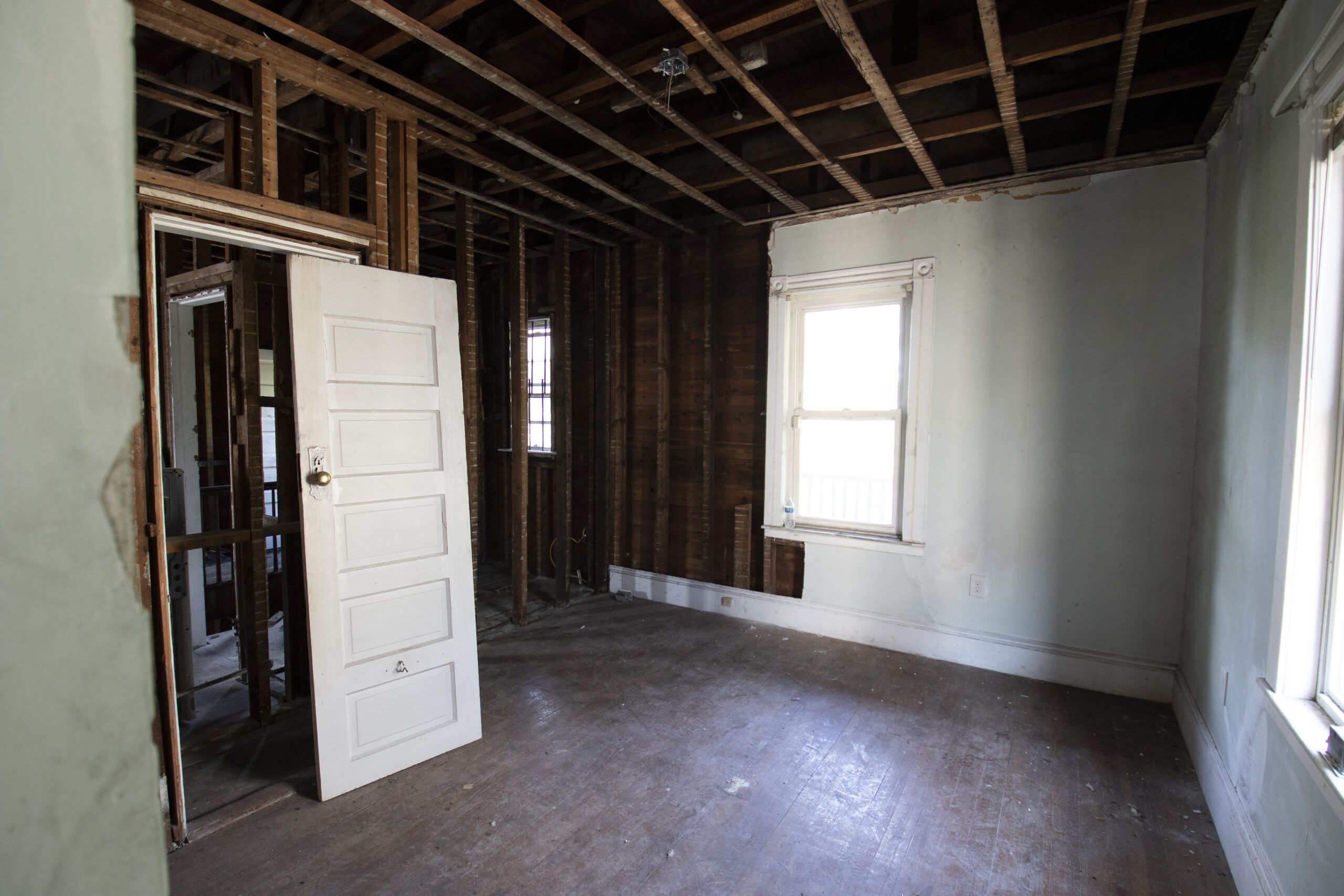Finding your house damaged by fire is a nightmare scenario, but it’s one that over 350,000 American families face each year. It’s natural to feel lost and overwhelmed after a house fire. But with the right guidance, you can rebuild and restore your home. Our guide is your roadmap to recovery through every step of the journey—from the immediate aftermath to long-term restoration.
Immediate Steps To Take After a House Fire
In the immediate aftermath of a house fire, work quickly to minimize further damage and begin recovery. Here are the first steps you should take:
- Call your insurance company: Your first call after a fire should be to your insurance company. Contact them immediately to report the incident and start the claims process. Your insurance provider will guide you through the next steps, including arranging temporary housing and connecting you with restoration professionals. Keep all receipts and documentation related to your living expenses, as your insurance can often reimburse the costs.
- Secure your property: Once the fire department or a structural engineer declares it safe to enter your home, secure it. This might involve boarding broken windows, covering holes in the roof with tarps, or installing temporary fencing to prevent trespassing. Don’t attempt this if the structural integrity of your home is in question.
Assessing the Fire Damage
After securing your property, check the extent of damage and start flagging the necessary repairs. This initial step will guide your restoration efforts and future rebuilding plan.
Hiring a Structural Engineer
For significant fire damage, we recommend hiring a structural engineer. They’ll assess the condition of your home’s foundation, framing, and building envelope. Structural engineers identify any hidden structural damage that poses future risks.

Evaluating Structural Components
The structural engineer will examine key components of your home, including the floors, walls, and roof. Their report will detail the extent of the damage and outline which parts of the structure you can salvage versus replace. They’ll check the safety and stability of your home during the restoration process. This helps you prioritize repairs and plan your rebuilding efforts more effectively.
Safety Precautions To Take When Cleaning up After a Fire
Cleaning up after a fire is hazardous because of potential toxic chemicals and unstable structures in your home. Take the proper safety precautions to protect your health during the cleanup process.

Protective Gear
When entering your fire-damaged home, always wear appropriate protective gear. Proper gear includes a dust mask, protective clothing, and rubber gloves. If you clean yourself, wear a dust mask, protective clothing, and rubber gloves. Safety goggles protect your eyes from dust, and sturdy footwear prevents injuries from sharp objects.
Dealing With Toxic Chemicals
Fire residue contains harmful substances that pose health risks. If you’re unsure about the safety of certain materials, consult with professionals or leave the cleanup to specialized restoration companies. You’ll also have to dispose of hazardous materials properly. Always check your local laws and comply with regulations to prevent environmental contamination.
Water Damage Mitigation
Ironically, water damage from firefighting efforts can be as extensive as the fire damage itself. Focus first on removing any wet items from the affected areas. Check your drywall, insulation, carpets, and furniture. Anything that remains wet will breed mold and mildew. Be sure to sort salvaged items separately from those that need disposal and document the damage for insurance.
Then, dry out the structure. Here are a few tips to consider:
- Use fans and dehumidifiers to circulate air and promote drying.
- Replace all air filters in your heating, ventilation, and air conditioning (HVAC) system to stop the spread of soot and other contaminants.
- Rent a sump pump for standing water in basements.
- Use a hygrometer to monitor humidity levels and make sure your home is drying properly.

Smoke and Soot Removal Following a House Fire
Smoke and soot residues can cause ongoing damage and health issues. For soot-covered surfaces, we recommend a cleaning solution of dishwashing detergent, borax, and vinegar in water. Use a sponge to scrub surfaces and rinse with clean water. Soak fabrics in warm water with detergent and white vinegar before laundering or dry cleaning. Test cleaning solutions on a small area first to ensure they don’t cause additional damage.
Professional Cleaning Services
If the job feels overwhelming, professional restoration companies specialize in fire damage cleanup. These experts have commercial equipment to remove smoke and soot from your interior. Professionals can often reach and clean areas that are difficult for you to access, giving you peace of mind and a more thorough restoration.
Odor Elimination Strategies
Even after visible smoke and soot are gone, odors can linger. You can address smoke odors yourself or bring in the pros to help make your home livable again.
DIY Methods
For minor odor issues, try cleaning surfaces with a mixture of vinegar and water. Baking soda is effective for absorbing odors from carpets and upholstery. Bowls of activated charcoal around the house also help absorb odors from the air. Unfortunately, these methods may not be sufficient for severe smoke damage.
Professional Deodorizing Treatments
Professional restoration companies often use advanced techniques like thermal fogging and ozone treatment to neutralize odors at the molecular level. These machines are more effective against the persistent smoke odors that DIY methods can’t knock out. Commercial air scrubbers with HEPA filters can further purify the air and remove smoke particles.
Rebuilding and Restoration Process Following a House Fire
Once cleanup is complete, the focus shifts to rebuilding and restoring your home. This process can be complex and may require significant planning and coordination.
Before beginning any major repairs or reconstruction, check with your local building department about any required permits. Most places require demolition or building permits before you can start. Follow your local regulations to avoid potential legal issues.
You might also need to improve your home’s electrical systems, plumbing, or structural elements to comply with current building codes. These updates can be expensive, but they’ll improve the integrity of your home.
Salvaging and Replacing Damaged Items
Separating what you can salvage from what to replace will help streamline your insurance claims. Luckily, many items that appear damaged are salvageable with proper cleaning and restoration. Professional restoration companies can often save electronics, documents, and even textiles that seem beyond repair. Fires typically cause less damage to jewelry, ceramics, and metal objects.
When To Replace vs. Restore
You might save money by just replacing items with lots of fire or water damage. Mattresses, upholstered furniture with deep smoke odors, and badly charred wooden items are typically too expensive to restore. But these are personal decisions, so consider both the financial cost and the emotional value of the items in question.
Emotional Recovery and Support
Addressing the psychological impact of a home fire is an important part of recovery. Acknowledge the emotional impact of losing belongings. Allow yourself time to grieve and process the experience. Remember, it’s common to feel strong emotions during this time. Creating a small remembrance area or journaling about your experience can help you work through these feelings.
Some mental health professionals specialize in trauma and loss after fires. Many communities offer support groups for fire survivors, which can provide a valuable network of understanding and encouragement during recovery. Online forums and resources may also offer support and advice from those who have undergone similar experiences.
Our Conclusion
Repairing damage after a house fire is challenging, but it’s possible. You can successfully rebuild and recover by following a systematic approach—from immediate safety measures to long-term restoration. Remember that you don’t have to face this challenge alone. Professional resources, from structural engineers to mental health support, are available to guide you through each step of the journey.

